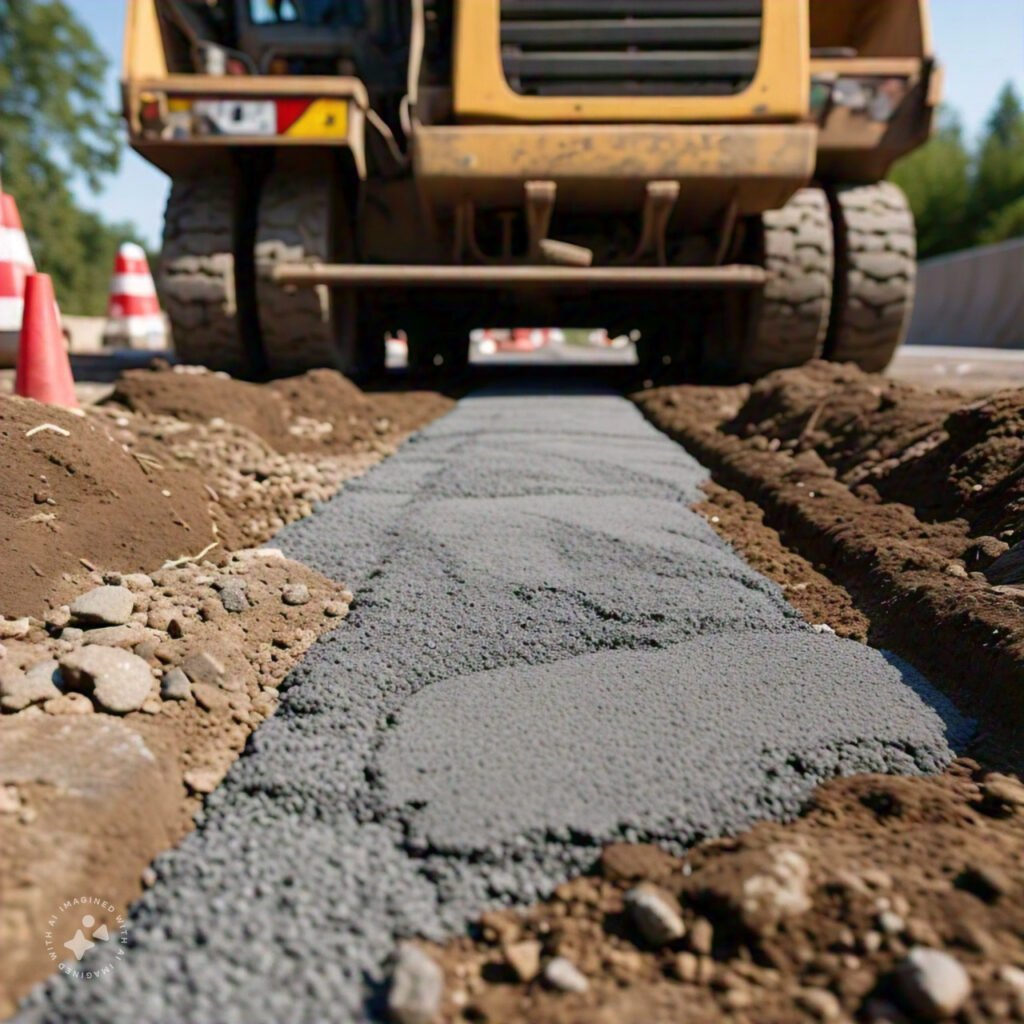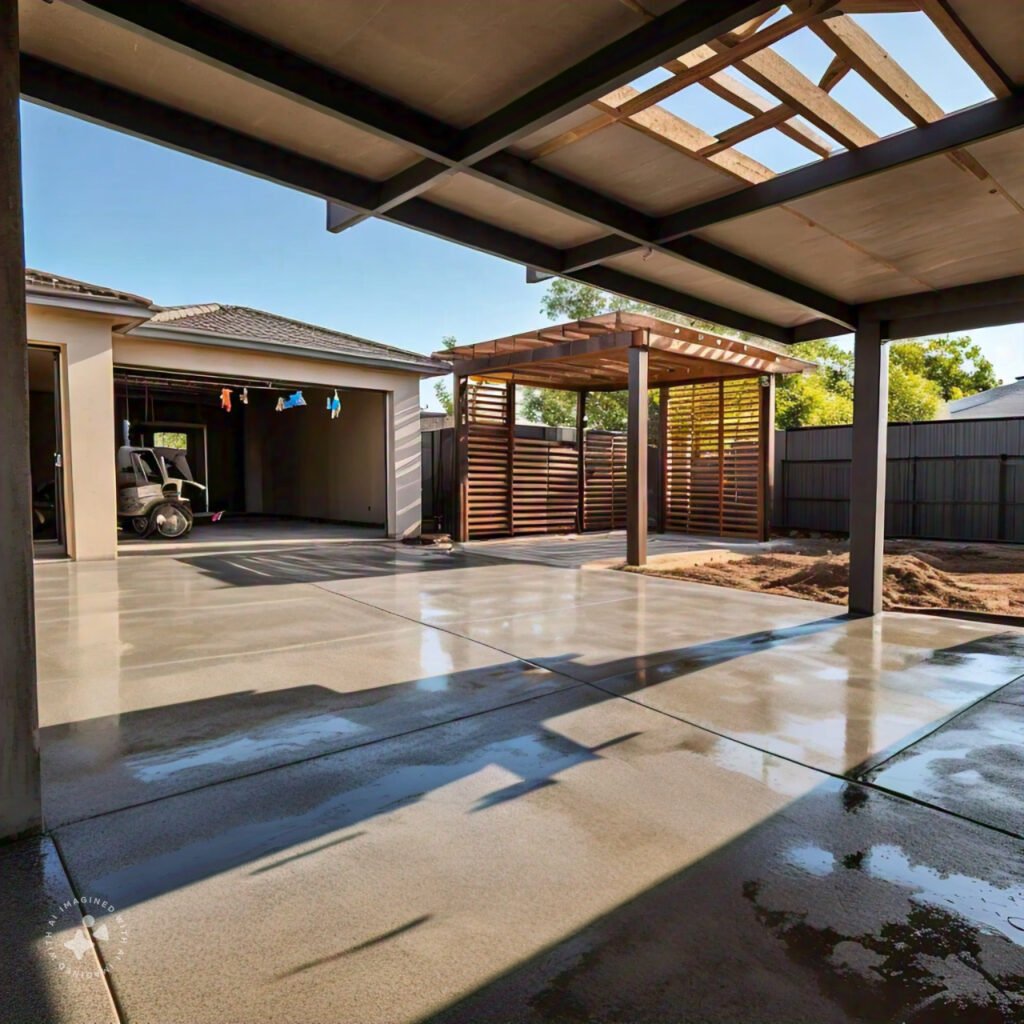Concrete Road Construction
Subgrade stabilization is one of the most crucial, yet often overlooked, aspects of road construction. Without a solid foundation, even the best pavement materials will deteriorate quickly, leading to cracks, potholes, and costly repairs. Especially in cities like Houston, where weather patterns can be unpredictable, stabilizing the subgrade ensures long-term durability. In this article, we’ll explore why subgrade stabilization is essential, how it’s done, and the impact it has on the overall longevity of roadways.
What is it, why it matters to Cross Construction Services
1. What is Subgrade Stabilization?
Subgrade stabilization involves improving the properties of the soil beneath the road to provide a stable base for the pavement layers. The goal is to enhance the load-bearing capacity of the soil, reduce its moisture susceptibility, and prevent erosion over time.
2. Why is Subgrade Stabilization So Important?
- Increased Load Capacity: Without proper stabilization, the soil beneath the road may not support heavy traffic loads, leading to structural failure. Stabilized subgrades distribute the weight more evenly, reducing stress on the pavement.
- Prevents Erosion: In areas with loose or poor-quality soil, erosion can cause severe damage to roadways. Stabilizing the subgrade with materials like lime, cement, or geotextiles helps lock the soil in place, preventing erosion over time.
- Enhanced Moisture Resistance: Houston’s wet season can wreak havoc on roads that are not built with moisture-resistant subgrades. Stabilization helps prevent the soil from absorbing too much water, which can lead to swelling, softening, and pavement cracks.
3. Methods of Subgrade Stabilization
- Mechanical Stabilization: This involves compacting the soil to increase its density and strength. Heavy machinery is used to compress the soil, making it more resistant to load and moisture.
- Chemical Stabilization: Materials like lime, fly ash, or cement are mixed into the soil to alter its properties, making it more stable. For instance, lime can reduce the plasticity of clayey soils, making them less prone to swelling and shrinking.
- Geosynthetics: Geotextiles and geomembranes are placed over or within the soil to improve its strength and resistance to deformation. These materials are particularly useful in areas with poor soil conditions.
4. Frequently Asked Questions About Subgrade Stabilization
- How long does subgrade stabilization last? Properly stabilized subgrades can last for decades, significantly extending the lifespan of the road itself.
- Is subgrade stabilization expensive? While it does add to the upfront cost of road construction, it saves money in the long run by preventing costly repairs and road failures.
- Can subgrade stabilization be done on existing roads? Yes, stabilization can be applied to existing roads as part of rehabilitation projects to improve their durability and performance.
Concrete Solutions
Subgrade stabilization is the backbone of any successful road construction project. By ensuring a stable, moisture-resistant foundation, you can greatly extend the lifespan of the road and avoid the need for frequent repairs. Whether you’re constructing new roads or rehabilitating existing ones, investing in subgrade stabilization will ensure that your project stands the test of time.


